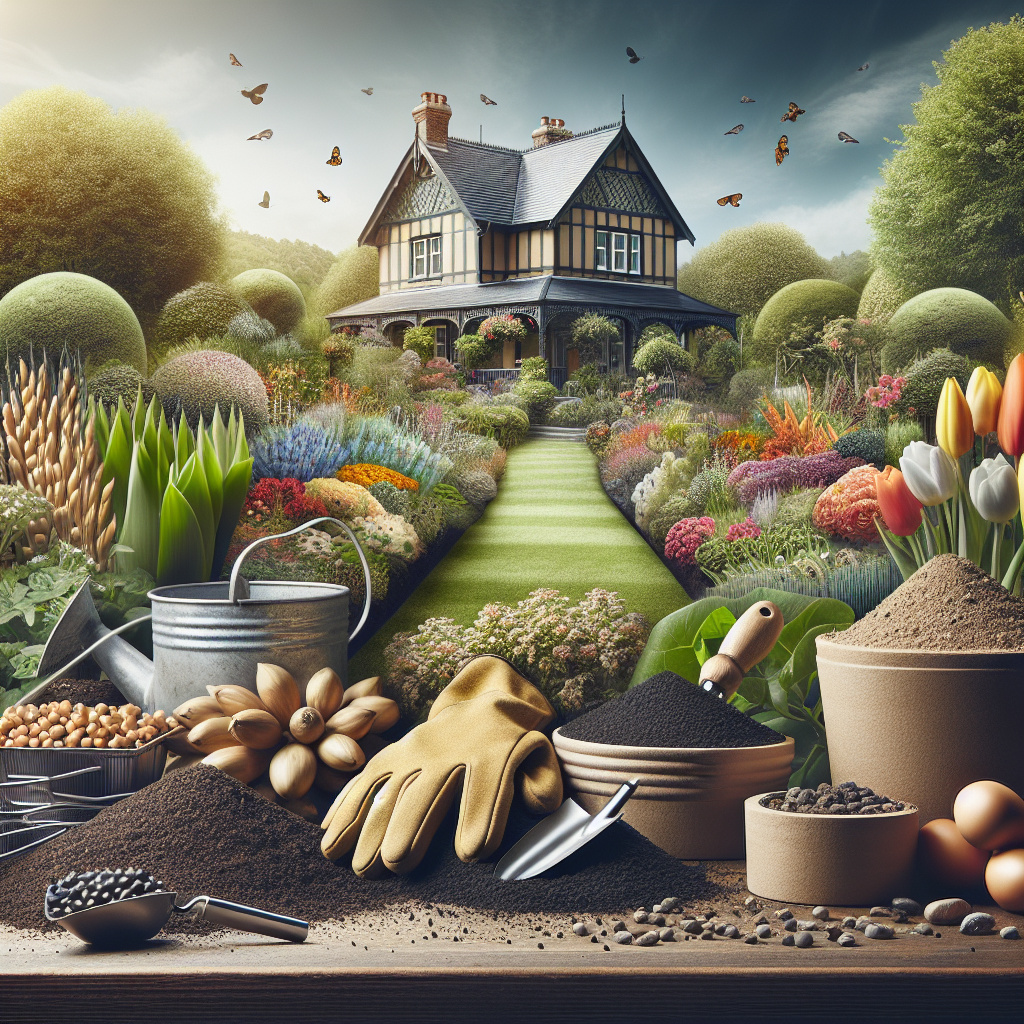What type of soil is best for your garden?
- Lukas Espinoza
- Aug 13, 2024
- 3 min read
So you've decided to embark on a gardening journey, eager to cultivate a vibrant and flourishing garden right at your doorstep. But before you start planting seeds and selecting your favorite flowers, it's crucial to lay a strong foundation – the soil! The quality of soil in your garden serves as the lifeblood for your plants, providing essential nutrients, stability, and moisture retention.
Understanding the Basics
When it comes to soil for your garden, not all dirt is created equal. Different types of soil have varied compositions that can affect plant growth and overall garden health. The key characteristics to consider when choosing soil are texture, structure, acidity, and drainage capacity.
1. Texture
Soil texture refers to the size of individual particles in the soil – sand, silt, and clay. The ideal garden soil contains a balanced mix of these particles, known as loam. Loamy soil offers good drainage, water retention, and aeration, creating a hospitable environment for plant roots to thrive.
2. Structure
Soil structure pertains to how soil particles clump together. Well-structured soil allows roots to penetrate easily, promotes water infiltration, and encourages beneficial microbial activity. Loose, crumbly soil is often preferred by gardeners as it supports healthy root development.
3. Acidity
The pH level of soil determines its acidity or alkalinity. Most plants prefer slightly acidic to neutral soil (pH 6.0-7.0). Conducting a soil pH test can help you determine whether your garden soil needs amendments to achieve the optimal pH range for your desired plants.
4. Drainage Capacity
Proper drainage is essential for preventing waterlogging, which can lead to root rot and other diseases. Sandy soils drain quickly but may require more frequent watering, while clay soils retain water but can become waterlogged. A balanced soil composition helps strike the right balance between drainage and moisture retention.
Finding the Gold Standard: The Best Soil for Your Garden
So, what type of soil should you aim for to cultivate a thriving garden oasis? As mentioned earlier, loamy soil is often considered the gold standard for gardeners. With its balanced mix of sand, silt, and clay, loam provides the perfect environment for a wide variety of plants to flourish.

Enhancing Your Soil for Optimal Growth
If your garden soil doesn't naturally fit the loamy profile, fear not! There are various ways you can improve your soil to create a more conducive environment for your plants:
Compost : Adding compost enhances soil structure, provides essential nutrients, and supports soil microorganisms.
Mulching : Mulch helps retain soil moisture, suppresses weeds, and protects the soil from erosion.
Amendments : Incorporating organic matter like peat moss, vermiculite, or perlite can help modify soil texture and improve drainage.
Cover Crops : Planting cover crops in the off-season can help build soil structure, prevent erosion, and add nutrients.
By taking these steps, you can transform your garden soil into a fertile haven that nurtures healthy plants and yields bountiful harvests.
In conclusion, the type of soil in your garden plays a pivotal role in the success of your gardening endeavors. By understanding the key characteristics of soil and aiming for loamy soil composition, you can set the stage for a vibrant and thriving garden that will bring you joy and beauty for years to come. Happy gardening!
Remember, when it comes to gardening, the soil beneath your feet holds the key to a flourishing paradise. Treat it well, and your garden will reward you abundantly.




Comments